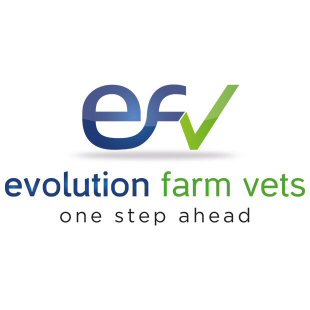Infectious bovine rhinotracheitis (IBR) is a highly infectious and contagious disease that affects both the respiratory and reproductive organs. It is caused by a virus called "bovine herpes virus 1" (BHV 1). The main sources of infection are secretions from the affected organs, i.e. nasal discharge or droplets in expired air in the respiratory form, and vaginal or preputial discharges, semen and foetal tissues/fluids in the reproductive form. Transmission is therefore by air contact where animals are kept in shared housing, or at the time of mating. The virus is able to become latent (inactive) within affected individuals, and animals may live with the virus for years without showing any signs of the disease. This makes controlling the disease more challenging.
Clinical Signs
Respiratory form (most common)
- usually affects cattle older than 6 months
- disease ranges from mild to severe
- conjunctivitis
- discharge from the nose - may be clear and watery, or yellow and thick.
- ulcers or lesions in the mouth, which may be associated with excessive salivation
- pyrexia (fever)
- drop in milk yield
- rapid, shallow breathing
- cough
- may infrequently cause death within 24 hours
Reproductive form
Infectious pustular vulvovaginitis - infection of the vulva and vagina
- discharge of small amounts of pus from the vulva
- reddening of the vaginal lining
- frequent urination
Infectious bovine penoposthitis
- small amount of purulent discharge from the prepuce
- surface of the penis and prepuce may be red and inflamed
Endometritis
- causes low conception rates and infection of the uterus
- can be caused by use of infected semen
Abortion
- can occur weeks or months after the animal becomes infected, most often at 6-8 months of pregnancy
- often associated with retained placenta
- calves that are not aborted may be weak at birth
Treatment
Antibiotics do not help to eliminate the virus infection. However, viral infection may allow bacteria to invade and colonise the damaged tissues and antibiotics can be used to treat such infections. There is no specific treatment to eliminate the viral infection. Usually treatment involves non-specific nursing care. Most animals develop their own defences and recover within 2 weeks. Ideally, affected animals should be isolated to prevent an outbreak.
Control
Vaccination is possible. A marker vaccine that allows differentiation between antibodies induced by the vaccine from antibodies produced by vaccination is available.
